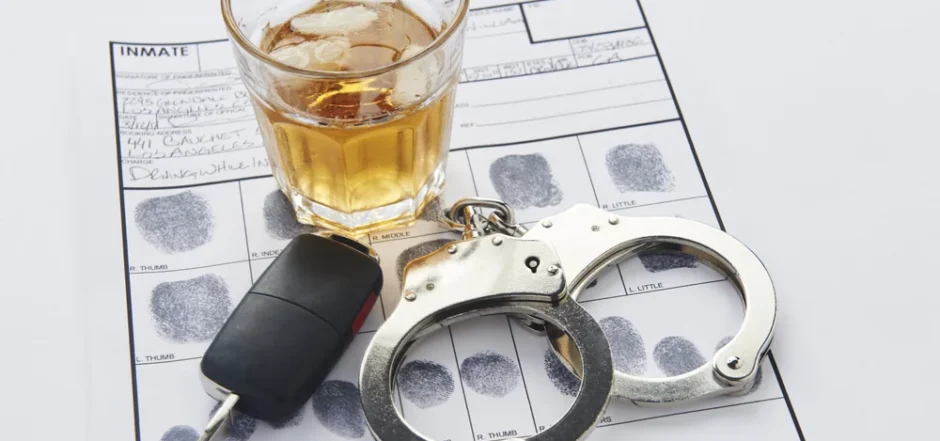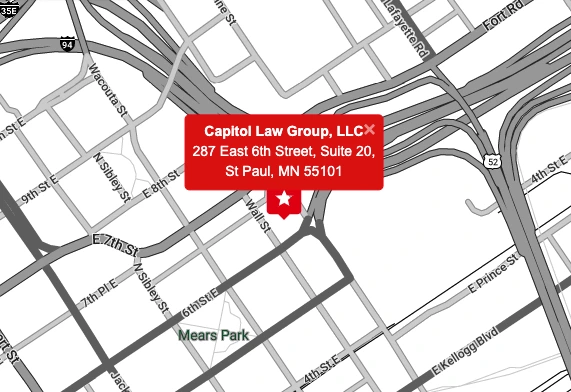Seven DWI Checkpoint Mistakes that a Criminal Defense Attorney in St. Paul, MN Can Exploit

If you were one of the many, many people arrested for DWI over Labor Day Weekend, there is a good chance a checkpoint was involved. Especially if you are new to Minnesota, you may be wondering if DWI roadblocks are legal in this state. The answer is “yes,” with a “but.”
However, before we get to the mechanics of DWI checkpoints, it is a good idea to review your rights at a checkpoint. Sobriety checkpoints allow officers to circumvent the Fourth Amendment’s prohibition of unreasonable searches and seizures. However, officers must still respect your Fifth Amendment right to remain silent.
This right is broader than many people think. Drivers must produce certain documents for inspection and they must obey basic commands. Other than that, however, they need not interact with officers in any way. They need not answer questions or even roll their windows down. Just show your documents and then move forward. If officers violate your right to remain silent, or any of the following checkpoint requirements, a criminal defense attorney in St. Paul, MN may be able to get the case thrown out of court.
Your Fifth Amendment rights continue if officers investigate you for DWI. There may be consequences to refusing a chemical test, but there are never consequences if you refuse to perform field sobriety tests.
Supervisor-Level Decisions
Officers cannot get together on their own and form checkpoints, even if they meet all the other requirements below. Only police chiefs, elected sheriffs, and other people who are directly or indirectly accountable to voters can make such authorizations. Furthermore, this authorization cannot be a blank check. Supervisors must also address all checkpoint nuts and bolts. Field officers can have no discretion.
Advanced Advertisement
The law is a bit unclear on this point. This requirement allows people to avoid the area altogether during the checkpoint’s operation. Since many apps now alert motorists about roadside checkpoints, much to the chagrin of law enforcement officers, Ramsey County judges sometimes give departments a bit more leeway in this area. A Facebook post or Tweet may be sufficient, if done far enough in advance.
Reasonable Location
Departments cannot set up checkpoints in any high-traffic area. The location must be a high DWI area. This requirement keeps departments from using sobriety roadblocks as a pretext for stopping motorists for other reasons.
Safety Precautions
Lights, traffic cones, and other safety devices must clearly restrict or redirect the flow of traffic. A roadside checkpoint cannot be anything like a speed trap. Visibility is key, because motorists must have the opportunity to turn around and avoid the checkpoint before traffic backs up.
Reasonable Time and Duration
Daytime checkpoints are very rare. They cause too much traffic congestion and do not produce very many DWI arrests. Evening or nighttime checkpoints are much more common. There is not as much traffic, so the time is much more reasonable. Additionally, officers cannot operate checkpoints for several days, or even several hours. Two or three hours is about the limit.
Short Motorist Detention
Officers may only ignore the Fourth Amendment to a point. The purpose of the stop need not be reasonable, but the duration of the stop must be reasonable. There is no hard-and-fast rule, but anything more than fifteen or twenty seconds may raise some judicial eyebrows. That includes the time spent waiting in line and the time at the actual checkpoint.
Neutral Formula
Officers cannot wave some motorists through the checkpoint and stop other ones because they do not “look right.” Part of the aforementioned supervisor setup must include a formula for stopping vehicles. It’s usually unreasonable to stop every motorist, because traffic would back up. Every third or fourth vehicle is probably a reasonable, neutral formula.
Contact a Diligent Lawyer
DWI checkpoints must strictly adhere to specific rules. For a free consultation with an experienced criminal defense attorney in St. Paul, MN, contact Capitol City Law Group, LLC. Go online now, call us at 651-705-8580, or stop by 287 6th St E, Suite 20, St Paul, MN 55101.




